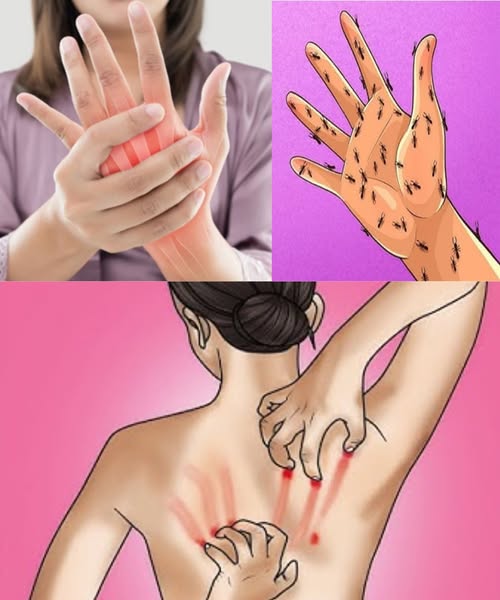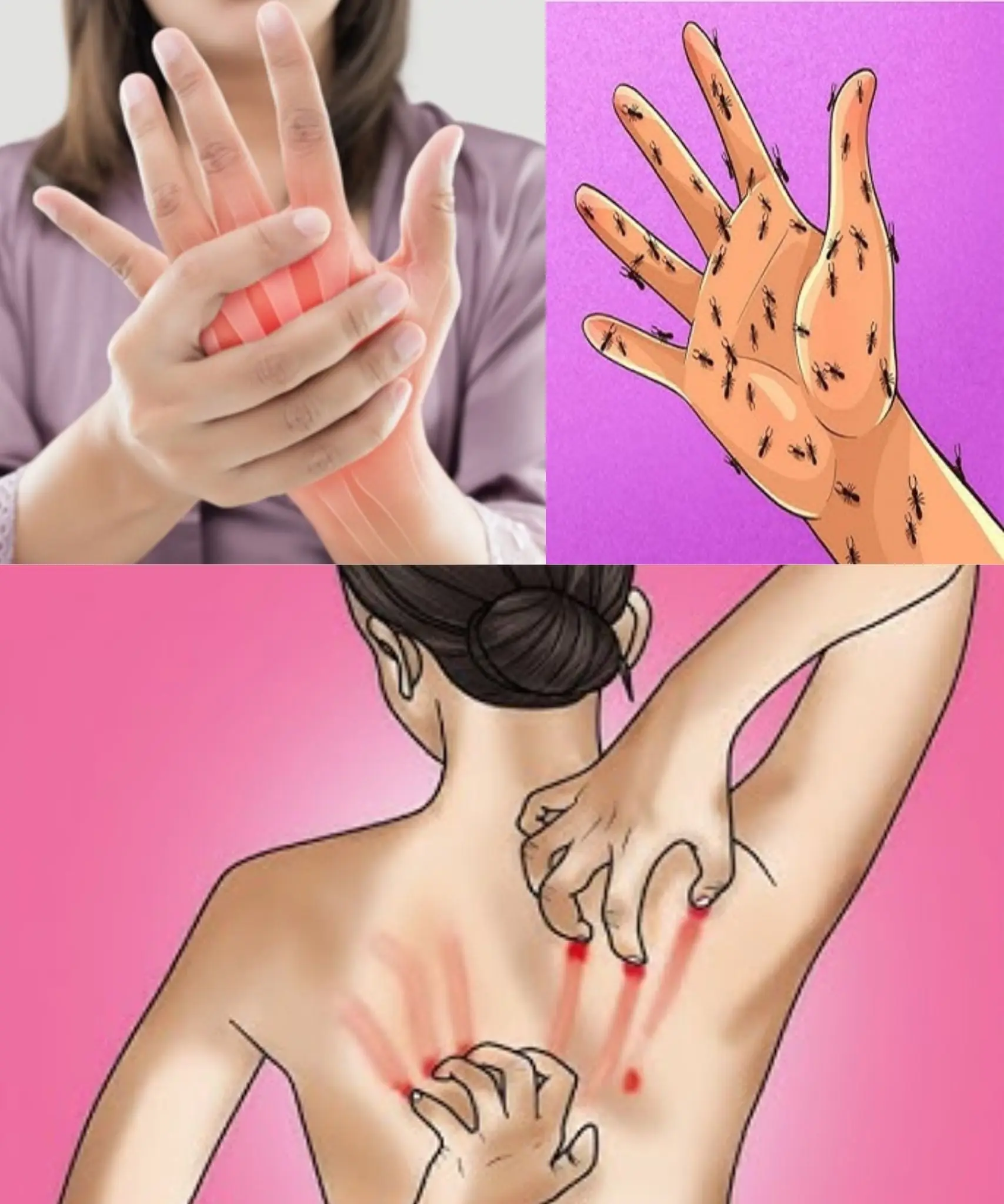ADVERTISEMENT
How to Spot Diabetes Early: 7 Warning Signs You Shouldn’t Ignore

This increased urination is a direct result of your kidneys being unable to keep up with the excess sugar in your bloodstream. The extra sugar is expelled through your urine when they can’t absorb it all. So, if you find yourself needing to go to the bathroom more than usual, it could be an early indication of high blood sugar or diabetes.

2. Excessive thirst
Excessive thirst often goes hand in hand with frequent urination. While feeling thirsty on a hot day or after not drinking enough water seems normal, persistent or extreme thirst might be a warning sign of diabetes. When your body struggles to process sugar properly, excess sugar ends in your bloodstream. To remove it, your kidneys produce more urine, leading to frequent urination. This results in dehydration, making you feel constantly thirsty.
Drinking more water to quench this thirst doesn’t help because the cycle continues: the more you drink, the more you urinate, and the thirst remains unquenched. Many overlook this symptom, assuming it’s a natural response to drinking more fluids. However, suppose you feel constantly thirsty even after drinking water and frequent urination. In that case, it may indicate that your body isn’t producing enough insulin—a key early sign of diabetes.
3. Unexplained weight loss
Sudden and unexplained weight loss, especially when you’re not actively trying to lose weight, can be an early indicator that something may be off with your health—potentially an early sign of diabetes. When the body can’t get enough energy from the food you eat, it starts breaking down muscle and fat stores for fuel. This can cause noticeable weight loss even if your eating habits haven’t changed.
In cases of prediabetes or diabetes, this happens because the body cannot efficiently use glucose from food for energy. Insulin, the hormone responsible for helping cells absorb glucose, becomes less effective. As a result, despite increased hunger or food intake, the body can’t access the necessary energy from glucose and turns to fat and muscle reserves instead, leading to weight loss.
This process is compounded by the body’s attempts to eliminate excess sugar through urination, which further contributes to fluid and weight loss. Burning fat and muscle and increased urination can lead to significant, unintended weight loss.
4. Slow healing of wounds and cuts
High blood sugar levels in people with diabetes can interfere with the body’s natural ability to heal wounds, which can be especially dangerous if diabetes is undiagnosed. Elevated blood sugar can damage nerves and vessels, impairing blood circulation. This poor circulation means that vital nutrients and oxygen needed for proper healing are restricted from reaching wounds. As a result, even minor cuts and bruises may take weeks or even months to heal, increasing the risk of infections. When blood sugar levels remain high, it also weakens the immune system, further slowing the healing process and increasing the likelihood of bacterial infections.
If you notice that cuts or wounds are healing slowly, particularly if accompanied by other signs of prediabetes, it’s crucial to consult a healthcare provider. Slow wound healing is a clear indication that your body may not be managing blood sugar effectively, which is an essential warning sign of prediabetes. Early detection and intervention through lifestyle changes and medical guidance can help manage prediabetes and prevent it from progressing to type 2 diabetes.
5. Dark skin patches
One of the lesser-known yet significant symptoms of prediabetes is the development of darkened patches of skin, particularly in body folds and creases. This condition, known as acanthosis nigricans, is often linked to insulin resistance, a critical factor in both prediabetes and type 2 diabetes.
Acanthosis nigricans appear as velvety, dark patches of skin, commonly found in areas like the neck, armpits, groin, elbows, and knees. These changes occur when high insulin levels in the bloodstream stimulate the rapid growth of skin cells. Excess insulin triggers growth factors in the skin, leading to the thickened, dark patches characteristic of this condition.
Recipe continued on the next page
ADVERTISEMENT
ADVERTISEMENT